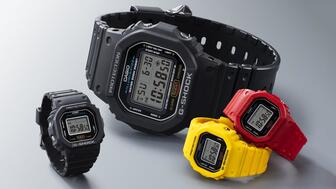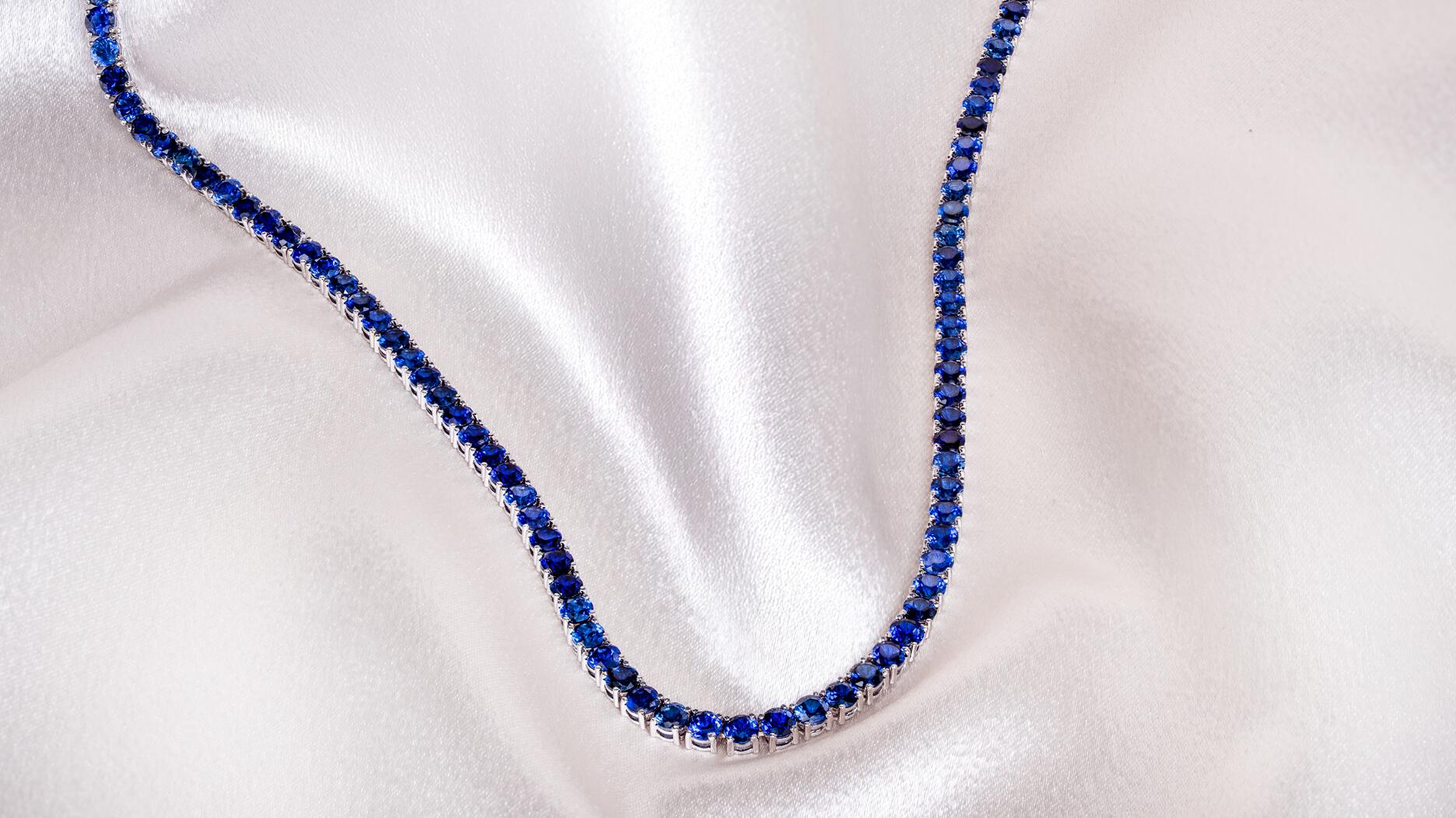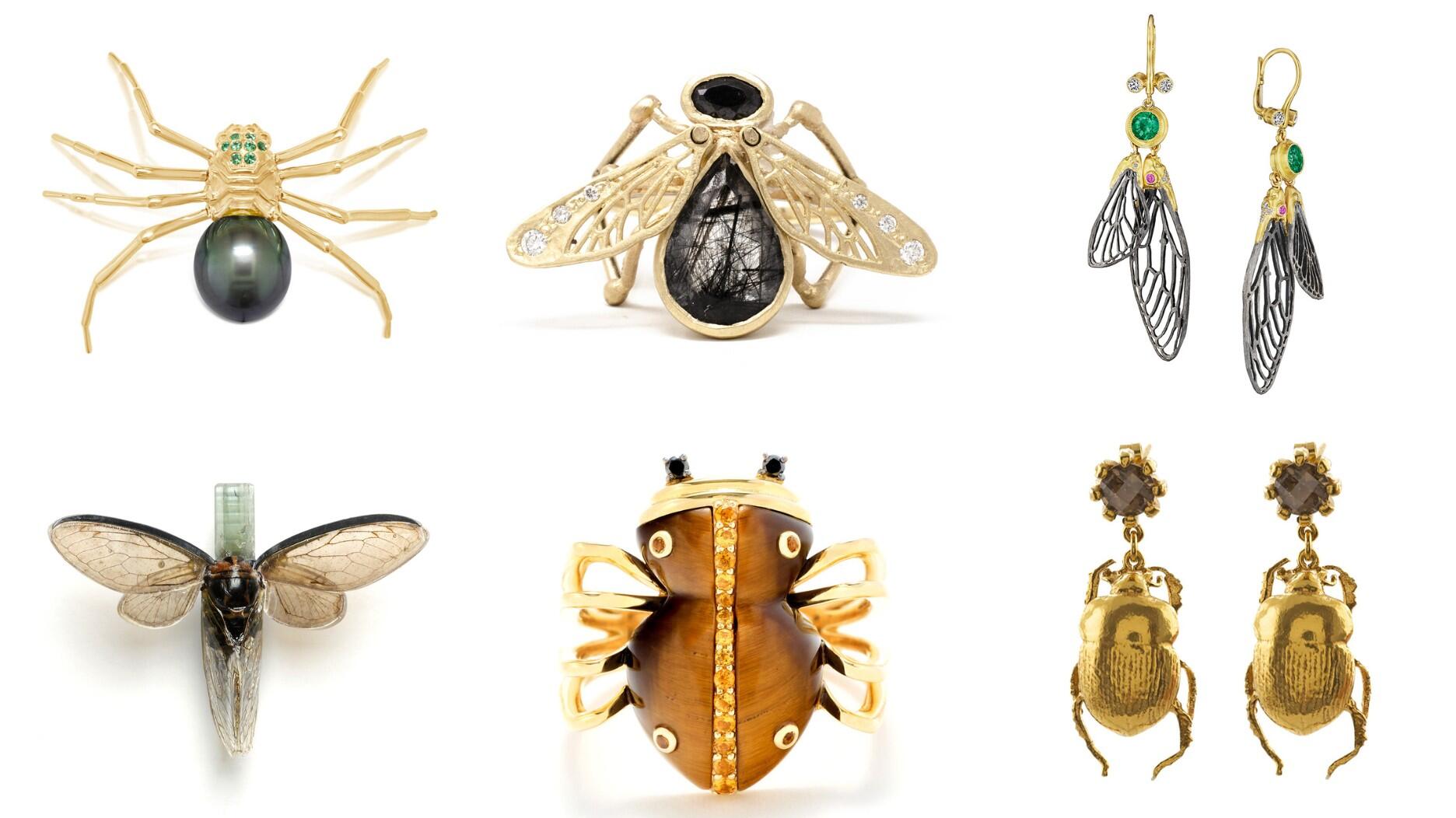In its annual report, Pinterest noted an increase in searches for brooches, heirloom jewelry, and ‘80s luxury.
6 Predictions for 2018
Editor-in-Chief Michelle Graff says innovation will rule while tired practices and retailers will fall by the wayside.

Hello, and Happy New Year.
I like to start off each new 365-day trip around the sun with thoughts on what will be “hot” in retail in the year ahead (this year: innovative spaces will thrive while the same-old, same-old will struggle) and predictions about which businesses will not make it (Sears and lower-end malls).
So here are six predictions for 2018, starting with a little bad news for people who like bad news.
1. The number of jewelry store closings will continue to decline.
Is it because jewelry retail results are earth-shattering? No, it’s more due to the fact that the spike in closings was largely demographic.
Many baby boomers (those born between 1946 and 1964, so about 71 to 53 now), a huge generation that’s comprised the majority of jewelry store owners for years, reached retirement age and made the decision about what to do with their store.
RELATED CONTENT: Demographic Drop-Off
The stores that remain open, for the most part, are those that have survived this demographic shift, in one way or another.
They’ve been handed off and/or sold to the next generation, or have opted to make the changes necessary to compete today: a presence on social media, and a website and in-store experience that align and are up-to- date.
Now, please note, I did not write that the decline would reverse or that the industry would grow; I acknowledge that it remains significantly smaller. I only stated that the slowing of retail closures that we’ve seen over the past three quarters would continue.
2. But online retailers will keep opening stores as will designers and brands.
In 2017, online consignment site The RealReal opened its first brick-and-mortar store, in New York City’s SoHo neighborhood; jewelry designer Jennifer Meyer announced that she was opening her first store, which will be located in her native California; and Vrai & Oro, the jewelry label owned by lab-grown diamond company Diamond Foundry, welcomed its first physical location, just to name a few.
Blue Nile added a sixth “webroom,” in a mall in Salem, New Hampshire.
Outside of jewelry, online giant Amazon now has 13 book stores in seven states with additional ones set to open in Bethesda, Maryland; Austin, Texas; and Washington, D.C., and it also paid $13.4 billion to buy grocery store chain Whole Foods in 2017.
It’s worth noting that the chain Amazon opted to buy, Whole Foods, aka “Whole Paycheck,”
3. It’s going to be a really sad year for malls, particularly lower-end malls.
I was just home for the holidays and opted to go with the parents to walk around the Beaver Valley Mall one afternoon because I was going stir crazy inside and it was too cold to exercise outside.
I could sum up the experience in one word: sad.
I used to hang out at the mall all the time as a teenager in the mid-‘90s and bought everything there: clothes at The Limited (gone, from everywhere), stuffed animals at the Disney Store (no longer there), posters and CDs at Sam Goody and books at Waldenbooks (both long gone).
Today, very few stores remain, and you can see where the mall has tried to survive by filling in with non-retail tenants. There’s now a Planet Fitness gym; a center where senior citizens can come to exercise and socialize; and a technical school, the DCI Career Institute.
The future of the mall is uncertain.
My mom told me as we were pulling into the fairly empty parking lot that the mall has been sold, and she was right. The Pennsylvania Real Estate Investment Trust (PREIT) offloaded the property in January 2017 for $24.2 million to an undisclosed buyer. It was considered a “non-core” and “lower productivity” mall and was sold alongside the Crossroads Mall in Beckley, West Virginia.
My mom said she hasn’t heard what they plan to do with the site, and I was able to find little information on its future from local news outlets.
Meanwhile, toward the end of the year, there was a major consolidation in the mall space at the higher end.
Paris-based Unibail-Rodamco SE announced in December that it has agreed to buy Westfield Corp. for about $15.8 billion, bringing together two of the largest mall operators in the world.
Though the companies’ portfolios are comprised of shopping centers decidedly more upscale than the Beaver Valley Mall, they too are tasked with the challenge of filling empty, and costly, space in an age when fewer physical stores are needed, and decided it would be easier to do so together.
4. But “fun” retail will thrive.
Tiffany & Co. was among the retailers that tried out a pop-up shop in 2017, as was online jewelry brand AuRate, and Amazon (of course) had some pop-ups inside Whole Foods stores.
A group of eight independent designers--Wendy Brandes, Julie Lamb, Delphine Leymarie, Page Sargisson, My Story Fine Jewelry, Christine Huber, Goldhenn and Maya J--popped up together in March at an event they called “The Hook Up.”
Pop-up shops are a way to build brand awareness, meet existing customers face-to-face and, hopefully, engage new customers. They come without the long-term overhead of leasing or buying a permanent space and can also be a good way to test the waters to see if your business needs a physical space, or if a specific area is going to work.
Outside of pop-up shops, Tiffany & Co. added an element of fun to the redesigned fourth floor of its flagship store in New York City, a café where people can have breakfast, lunch and dinner at Tiffany’s.
And designer Marla Aaron debuted what I think is one of the most innovative and interesting ways of selling jewelry in a long time, a vending machine in the Brooklyn Museum.
The National Jeweler editors plan to take a trip over to the museum to meet with Marla and see her machine in action just as soon as we have a weather forecast that doesn’t look like this.
5. AI will become more prevalent.
Artificial intelligence, or AI, has been the topic of dozens of movies over the decades, from Stanley Kubrick’s “2001: A Space Odyssey” (1968) to the droids in “Star Wars” to 2013’s “Her,” which features Joaquin Phoenix’s character falling in love with an operating system voiced by Scarlett Johannsen.
While it might seem like a far-off concept, the majority of us interact with artificial intelligence on a daily basis. Anyone who has an Amazon Alexa, Google Home or similar device is using AI, as we are anytime we pick up our smartphone and let it fill in the blank for us when sending a text or Googling for information.
I predict that we will see AI play an even bigger role in retail in 2018, as more retailers employ the ever-more-human-like (and somewhat unnerving) tool to man their websites, allowing for a more personalized experience online that’s available 24-7.
Hal would be in heaven.
6. But Sears may cease to exist.
Fun fact: My great uncle Sonny, who resided next door to my paternal grandparents in Rochester, Pennsylvania, lived in a Sears “kit home” that is still standing today.
At one time, Sears sold everything out of a catalog, much like Amazon sells everything online today. This included, from 1908 to 1940, houses that were selected from a page, shipped via boxcar with a book of instructions and assembled by the purchaser.
Today, though, Sears is struggling to maintain a foothold in the market, and I would be surprised if the chain makes it through another year. What, really, is Sears selling that consumers can’t buy elsewhere at the same, or better, price and with more convenience?
I could be wrong--I was last year--but I just don’t see how Sears is going to stay in business, unless it’s in the form of its smaller-format, singularly-focused stores, like its appliances-only store in Fort Collins, Colorado or its appliance-and-mattress-only store in Pharr, Texas.
National Jeweler columnist Peter Smith wrote in “What Will Become of Retail Jewelry Stores?” that retailers today need to figure out what they want to be when they grow up, meaning their vision for their business and how it aligns with the realities of retail today.
It seems that Sears, which once sold homes, has decided it wants to be a store that focuses on items people need most when they move into a home. The question is, was this decision made in time to save the company?
The Latest

Starting Jan. 1, customers can request the service for opal, peridot, and demantoid garnet.

The 111-year-old retailer celebrated the opening of its new location in Salem, New Hampshire, which is its third store in the state.

How Jewelers of America’s 20 Under 40 are leading to ensure a brighter future for the jewelry industry.

The new catalog features its most popular chains as well as new styles.


The filmmaker’s personal F.P. Journe “FFC” prototype was the star of Phillips’ recent record-setting watch auction in New York.

The new location in the Design District pays homage to Miami’s Art Deco heritage and its connection to the ocean.

Roseco’s 704-page catalog showcases new lab-grown diamonds, findings, tools & more—available in print or interactive digital editions.

Inflations, tariffs, and politics—including the government shutdown—were among consumers’ top concerns last month.

“Longtime favorite” presenters, as well as first-time speakers, will lead talks and workshops at the annual event in Tucson next year.

Silas Smith of Meridian Metalworks won the challenge with his pendant that blends Australian and American landscapes.

The sale of the 31.68-carat, sunset-hued stone was part of Sotheby’s first series of events and auctions in Abu Dhabi.

Most customers who walk into your store this month have made up their minds. Your job is to validate their choice, Emmanuel Raheb writes.

The collection features characters and motifs from Ukrainian folklore, including an enchanted mirror and a magic egg.

MatrixGold 3.11, the newest version of the jewelry design program, offers more flexibility, precision, and creative control.

The pavilion will be part of the 2026 JA New York Spring show, scheduled for March 15 to 17.

Kadet, a 1994 National Jeweler Retailer Hall of Fame inductee, helped grow the family-owned retailer in the Chicago area and beyond.

Billed as the world’s smallest wearable, Lumia Health’s new smart earrings have a health tracker subtly embedded in the back.

Don’t let those with December birthdays feel blue. Help them celebrate their month with blue zircon, turquoise, and tanzanite.

The new pink sapphire version of the piece dances with its wearer in the brand’s “Icons After Dark” holiday campaign.

A choice that’s generated a lot of commentary, Pantone says “Cloud Dancer” marks a fresh start and encourages relaxation and creativity.

The manufacturer’s holiday campaign features a gift guide filled with trending designs and jewelry that can be personalized.

The man was charged with theft, accused of ingesting the necklace while in a jewelry store in Auckland, New Zealand.

The Florida independent expanded its store from 8,000 to 14,000 square feet, fulfilling the vision of its late co-founder, Jim Dunn.

Sponsored by De Beers Group

The classic 5600 series G-Shock has been scaled down to about a tenth of its size, becoming a fully functioning watch ring.

The association’s annual conference and gala will take place Feb. 4, 2026, during the Tucson gem shows.




























